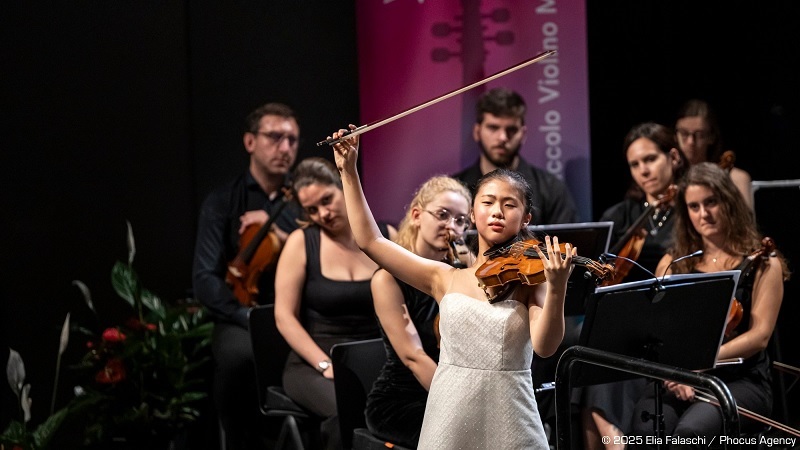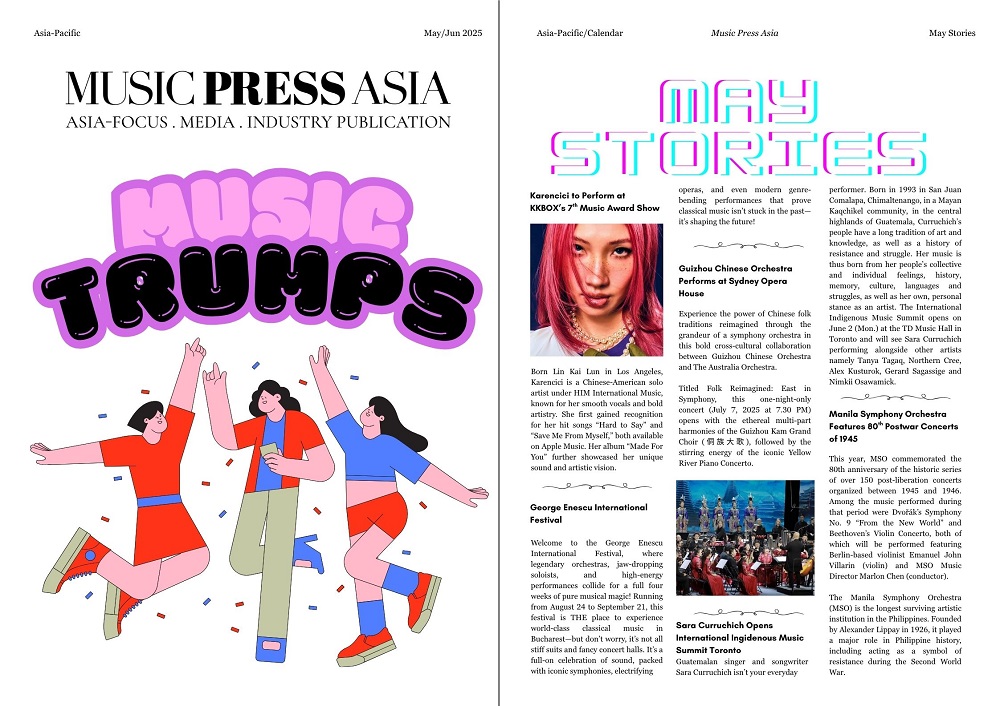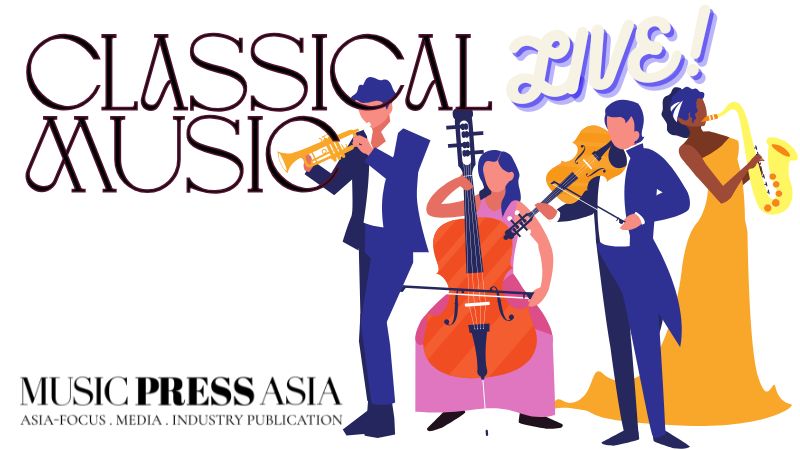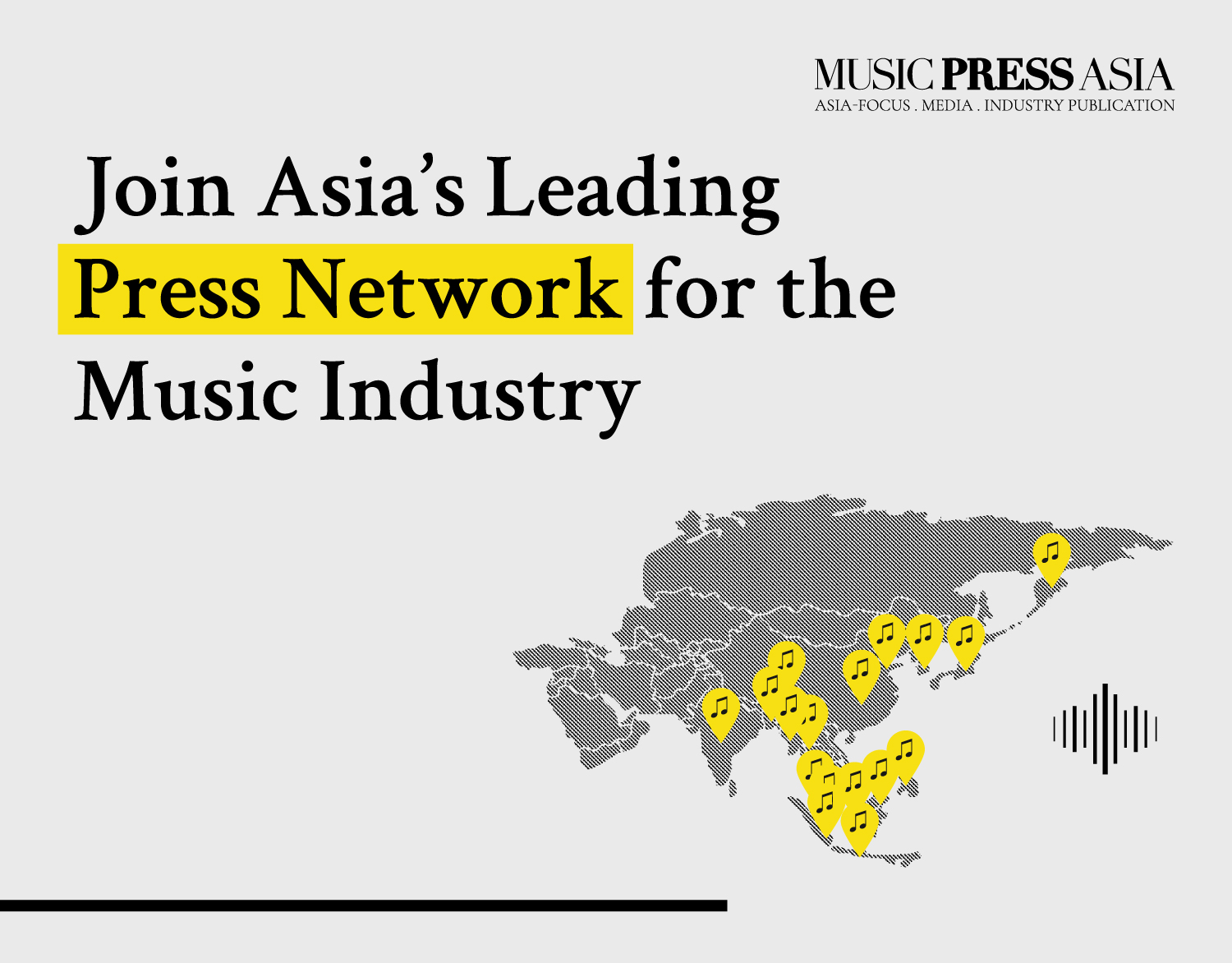5 Ways Music is Winning with Beats, Branding & Streaming
Music is winning in many areas including worldwide distribution. But how is it making waves and is Asia catching up with the rest of the world?
Music is winning in many areas including worldwide distribution. But how is it making waves and is Asia catching up with the rest of the world?

Music isn’t just about sound anymore—it’s about strategy. Songs blow up not because of deep lyrics, but because of vibes, branding, and distribution. A fire beat, a strong hook, and the right push can turn any track into a global hit. The game has changed, and artists who play smart are shaping the future. Want to know how? Here are five ways music is thriving in today’s digital age.
1. Vibes Over Lyrics—It’s All About the Momentum
Gone are the days when songs had to be poetic masterpieces. Now, it’s all about the vibe. If a track hits right, people don’t care what it’s saying. Social media fuels this shift—TikTok trends, Instagram reels, and viral challenges turn songs into instant anthems. Artists aren’t just writing for meaning anymore; they’re crafting tracks for replay value.
Think about “APT.” by Bruno Mars & ROSÉ—it’s official music video has surpassed 1.7 billion views on YouTube (since its release 7 months ago), making it the fastest music video by a female artist.
The song hit 300 million views within 22 days of its release, setting a new record for K-pop solo artists. Staying over 32 weeks on the Billboard Hot 100, it is tying the record for the second-largest charting K-pop song. The song’s addictive rhythm and playful vibe made it a global sensation, proving that a song doesn’t need complex storytelling to stay on repeat.

Then there’s “Gangnam Style” by PSY, which held strong for 51 weeks. It wasn’t just a song—it was a movement. The beat, the dance, the energy—it all came together to create a cultural phenomenon that people couldn’t get enough of.
Other long-lasting hits like “Blinding Lights” by The Weeknd and “Shape of You” by Ed Sheeran also prove that momentum matters more than meaning.
2. Nobody Cares About Language—The Beat Speaks
Ever blasted a song without knowing a single word? Yep, we all do it. From K-pop to Latin beats, sound connects us more than lyrics ever could. A killer rhythm, a fresh melody, and a danceable tempo? That’s the formula for global takeover. Streaming makes discovery effortless—so it doesn’t matter if a song’s in Korean, Spanish, or Swahili. If it slaps, people will play it.
Okay, maybe people do care about language—but when it comes to music, rhythm and energy often come first. K-pop is the perfect example. Fans don’t just listen to the music—they live the culture. They pick up Korean phrases, dive into fashion trends, and even travel to Korea to experience the country firsthand.
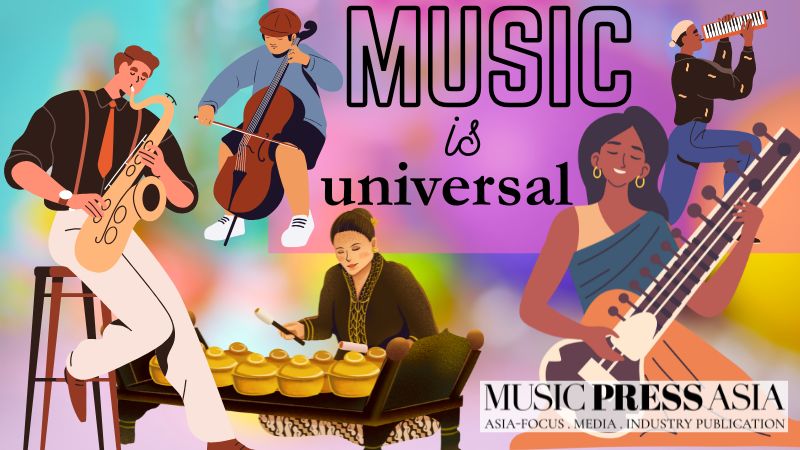
K-pop isn’t just music—it’s a cultural phenomenon driving fashion, entertainment, and tourism. South Korea has embraced its global appeal, with fans traveling there to visit iconic spots, shop for idol-inspired fashion, and immerse themselves in the K-pop experience. The government even promotes K-pop as a tourism booster, proving that music can shape economies.
Language plays a huge role in this cultural exchange. Many international fans learn Korean just to understand lyrics, interviews, and variety shows. BTS, BLACKPINK, and other groups have inspired a surge in Korean language learners worldwide, proving that music can be a gateway to cultural immersion.
“Music transcends time and borders, weaving melodies that echo through generations. Southeast Asia, with its rich blend of cultures and languages, embodies this harmony—fusing tradition with modern beats to create something uniquely vibrant. It stands as a testament to how diversity in sound can unite people across the world.” said Monica Tong, editor-in-chief of Music Press Asia
So while lyrics may not be the first thing that grabs listeners, K-pop proves that music, fashion, language, and tourism are all intertwined. It’s more than just sound—it’s a global experience.
3. Streaming Isnt’s Just Music — It’s a Business Powerhouse
The secret behind viral tracks? Powerful distribution. Platforms like Spotify, Apple Music, and YouTube aren’t just places to find songs—they’re launchpads. Curated playlists, algorithm boosts, and influencer shoutouts push tracks to millions overnight. It’s all about positioning. With the right strategy, an indie artist can stand next to global superstars on the charts.
Every stream is money in motion. Artists aren’t just making music—they’re building brands. The moment a song hits streaming platforms, it’s not just about plays—it’s about profitability. Streams generate revenue, but they also fuel demand for live concerts, vinyl records, merch drops, and exclusive experiences.
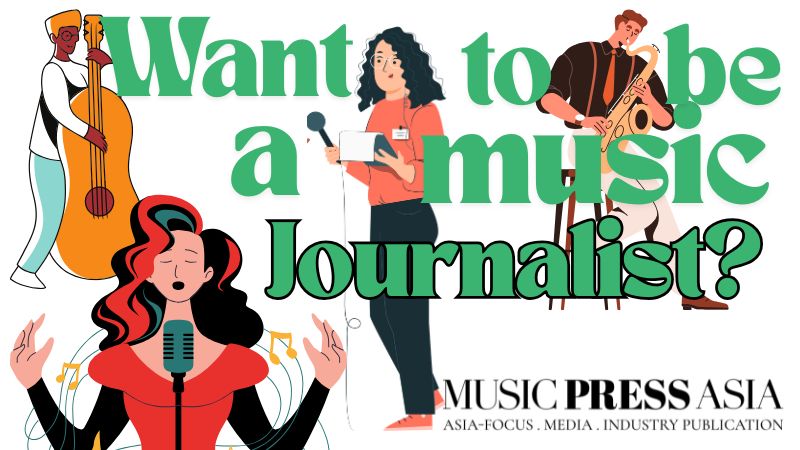
Think about it—when an artist blows up on Spotify or Apple Music, their brand expands globally. Suddenly, fans from every corner of the world want to buy tickets, collect limited-edition merch, and engage with the artist beyond just listening. Streaming opens doors, making music accessible to anyone with a smartphone, which means billions of potential listeners.
The business model is simple: streaming builds hype, hype drives sales, and sales create long-term success. That’s why artists and labels strategically push tracks onto curated playlists, viral campaigns, and influencer-backed promotions. The more visibility a song gets, the more real-world revenue it generates.
Streaming isn’t replacing physical music—it’s fueling it. Vinyl sales are at an all-time high, concert attendance is booming, and artists are launching exclusive digital-to-physical experiences. The key? Smart branding, strategic distribution, and knowing how to turn streams into real-world impact.
4. Live Music Isn’t Dying—It’s Thriving
Sure, streaming makes music accessible, but concerts aren’t going anywhere. Why? Because real experiences hit different. Fans still want to feel the bass drop in person, scream lyrics in a packed stadium, and make memories with their crew. Festivals, immersive performances, and VIP pop-up events keep live music alive—especially for younger audiences who crave connection, not just playback.

Concert attendance has surged since the pandemic, despite rising ticket prices. Before 2020, the live music industry was worth $21.5 billion, with packed festivals and stadium tours.
Fast forward to post-pandemic, and live music has shattered records. According to statista, in 2023, the top 100 global tours grossed over $9 billion, a 50% increase from the previous record. Ticket prices jumped 23%, yet attendance still climbed 18%, proving that fans are willing to pay more for live experiences.
In 2025, concert attendance rose another 17.3%, even as grosses dipped slightly due to fluctuating ticket prices. While smaller artists struggle with higher production costs, major tours—like Taylor Swift’s Eras Tour—continue to sell out instantly, showing that demand for premium live events is stronger than ever.
So, despite higher costs, live music is thriving, with fans prioritizing big, unforgettable experiences over smaller, frequent shows.
5. Music Is a Brand—And Artists Need to Play Smart
Being a good singer isn’t enough—you need a brand. The biggest names in music are not just artists—they’re businesses. That means partnerships, merch, and digital storytelling. Brands and artists team up to:
- Launch exclusive merch tied to new songs
- Drop limited-edition collectibles that hype their music
- Create interactive experiences powered by AI
Think branding only works for big-name artists? Think again. Indie musicians are changing the game, proving that smart strategy isn’t just for superstars. Many independent artists are banding together, forming collective creative companies to push their music forward. These groups act like mini-labels, handling everything from production to marketing, ensuring their music gets the attention it deserves.

The indie scene is highly competitive, and creativity alone isn’t enough. Success requires consistency, strategic releases, and strong audience engagement. Indie artists are using crowdfunding, direct-to-fan platforms, and social media to build loyal communities. They’re proving that you don’t need a major label—you just need smart branding and a solid plan.
Streaming has made it easier than ever for independent musicians to reach global audiences, but standing out takes more than just good music. Artists must treat their careers like businesses, using merch, partnerships, and digital storytelling to create lasting impact. Whether it’s exclusive vinyl drops, interactive fan experiences, or creative collaborations, indie musicians are playing smart—and winning.
6. Why Music in Asia Is Also Winning
Asian music isn’t just riding the wave—it’s leading the charge. From K-pop’s global takeover to Southeast Asia’s rising influence, the region is shaping the future of music.
One major reason? Digital connectivity. Streaming platforms have erased borders, making it easier for Asian artists to reach international audiences. K-pop, J-pop, and even Southeast Asian indie acts are dominating playlists, proving that music from Asia isn’t just niche—it’s mainstream.

Another key factor is cultural fusion. Asian artists blend traditional sounds with modern production, creating something fresh and unique. Whether it’s K-pop’s mix of hip-hop and electronic beats, Bollywood’s fusion of classical and pop, or Southeast Asia’s diverse musical influences, the region’s music scene is vibrant, diverse, and constantly evolving.
Southeast Asia’s Rising Stars
Asia is set to become the next global powerhouse in music and entertainment, driven by digital innovation, cultural diversity, and massive market potential. With over 4.7 billion people, the region’s entertainment industry is booming, fueled by streaming, live events, and cross-border collaborations.
Southeast Asia is making waves with artists who are breaking into the global scene. Some standout names include:
- NIKI (Indonesia) – A singer-songwriter who made history as the first Indonesian solo artist to perform at Coachella, amassing billions of streams.
- SB19 (Philippines) – A boy band redefining pop with Filipino identity, blending Tagalog and English in their music while topping Billboard’s Social 50.
- MILLI (Thailand) – A bold Thai rapper who became the first solo Thai artist to perform at Coachella, proving that Southeast Asian hip-hop has global appeal.
- Insomniacks (Malaysia) – A beloved pop band with a laidback sound, gaining traction in the regional music scene.
Collaboration & Global Influence
Asian artists are teaming up with Western musicians, expanding their reach and proving that music is truly global. BTS working with Coldplay, BLACKPINK with Dua Lipa—these partnerships aren’t just about music, they’re about cultural exchange. Southeast Asian artists are following suit, collaborating with international producers and labels to push their sound worldwide.

Asia’s music industry is booming, and it’s only getting bigger. With streaming, creativity, and global influence, Asian artists are setting trends, not just following them.
Would you say Southeast Asian music is getting the recognition it deserves?
Music today is strategy, creativity, and culture—not just songs. Success isn’t just about talent anymore; it’s about how you market, distribute, and connect. Asian artists are catching on fast, leveraging campaigns like Spotify’s “Sound Up. Stand Out.” to break into global markets. The future belongs to artists who innovate, adapt, and hustle—because in the game of music, creativity is the real currency.
Thank you for reading! If you have insights or opinions about this article, we’d love to hear from you. Drop us a message at letters@musicpressasia.com, and let’s keep the conversation going!


